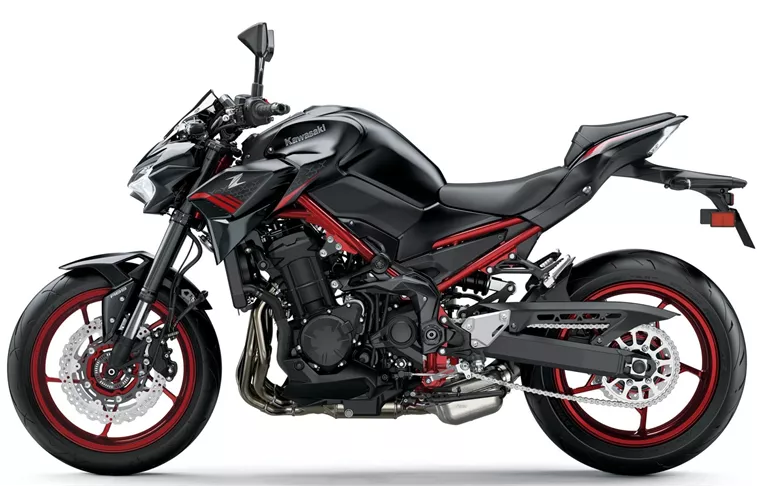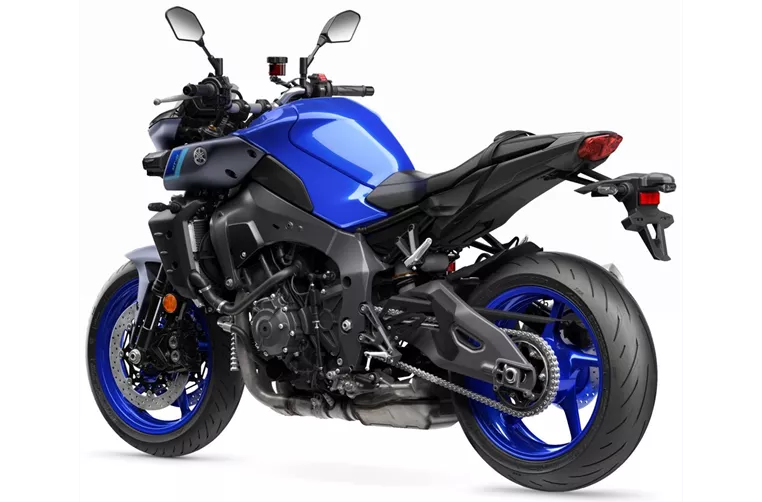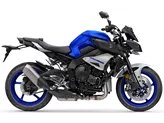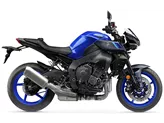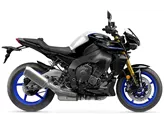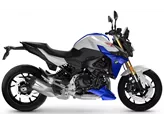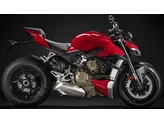Kawasaki Z900 2021 vs. Yamaha MT-10 2022
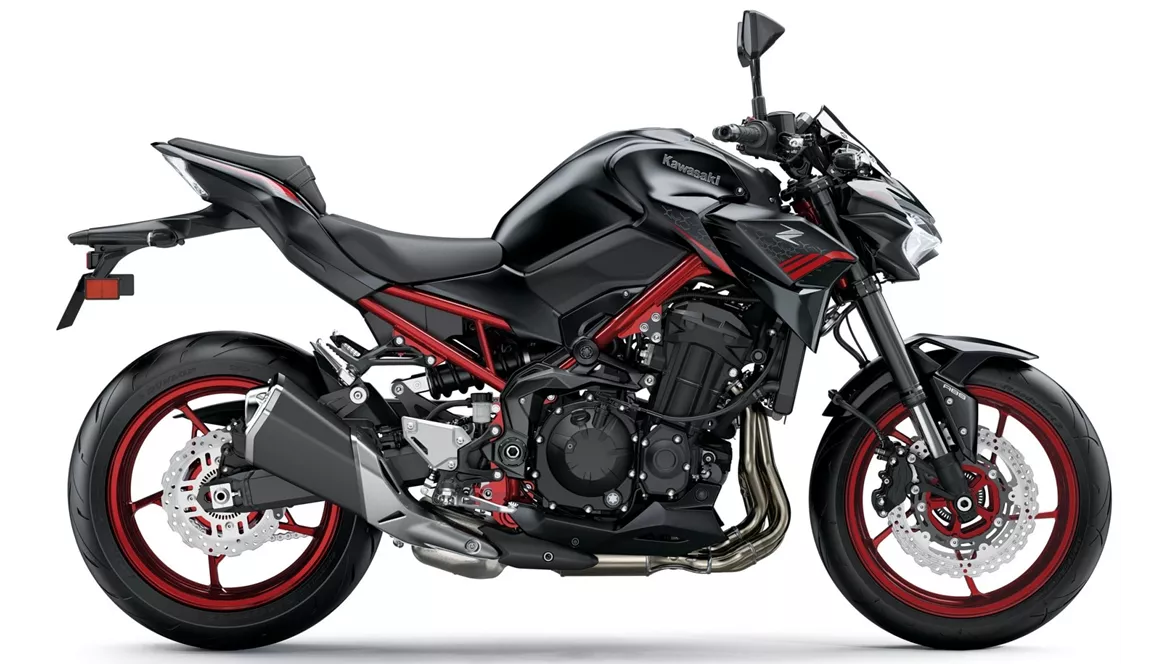
Kawasaki Z900 2021
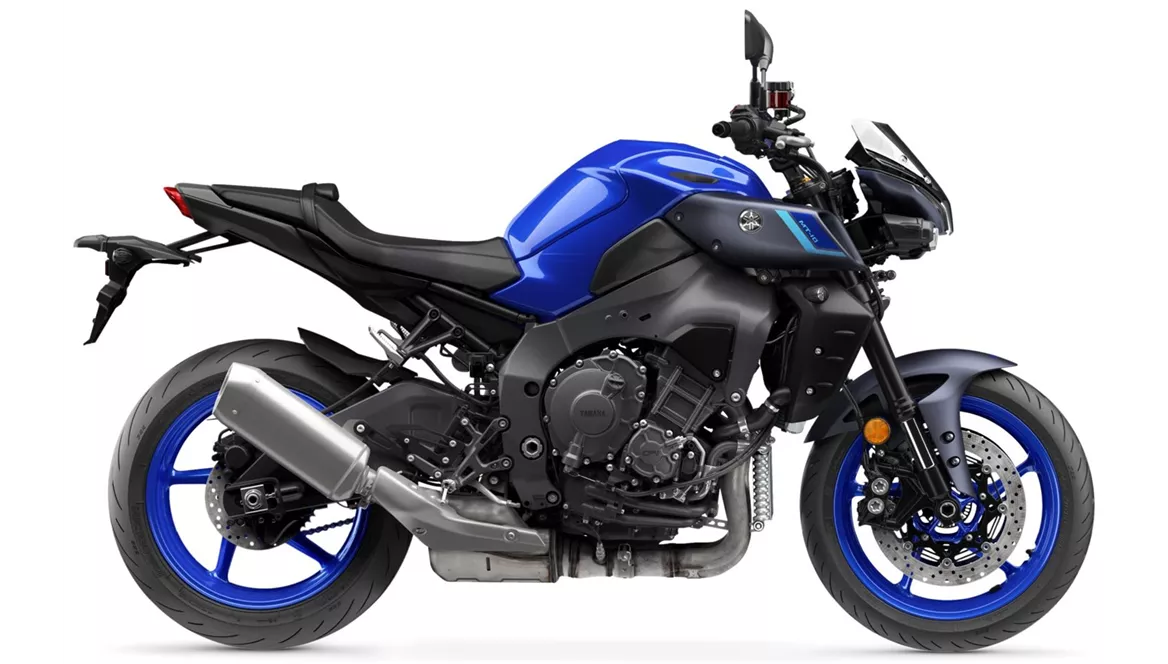
Yamaha MT-10 2022
Overview - Kawasaki Z900 2021 vs Yamaha MT-10 2022
The Kawasaki Z900 2021 and the Yamaha MT-10 2022 are both naked bikes that offer powerful performance and advanced rider assistance systems. However, there are some key differences between the two models.
In terms of engine power, the Yamaha MT-10 2022 takes the lead with 166 HP compared to the Kawasaki Z900 2021's 125.4 HP. The Yamaha also has a higher torque of 112 Nm, while the Kawasaki has 98.6 Nm. Both bikes have a four-cylinder engine with a displacement of 998cc for the Yamaha and 948cc for the Kawasaki. Both bikes also feature liquid cooling to ensure optimal engine temperature.
When it comes to suspension, both bikes have upside-down telescopic forks at the front and swing arm suspension at the rear. However, the Yamaha MT-10 2022 offers more adjustability with compression, preload, and rebound adjustments for both the front and rear suspension. The Kawasaki Z900 2021 only offers preload and rebound adjustments for both front and rear suspension. Additionally, the Yamaha's rear suspension is made of aluminum, while the Kawasaki's is not specified.
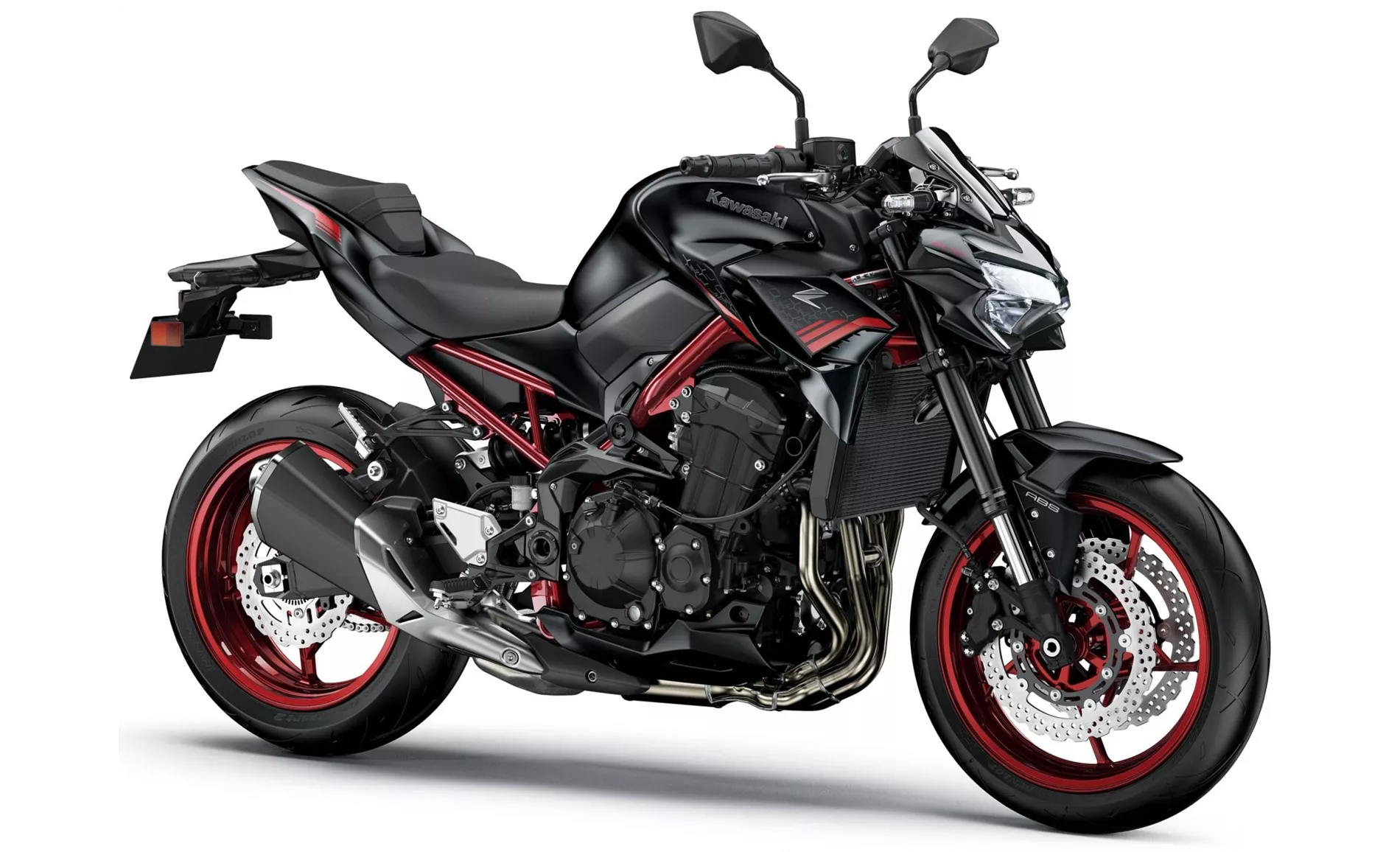
Kawasaki Z900 2021
In terms of braking, both bikes have double disk brakes at the front with a diameter of 300mm for the Kawasaki and 320mm for the Yamaha. Both bikes also have four-piston calipers for enhanced braking performance. However, the Yamaha MT-10 2022 features radial technology for its front brakes, which provides improved braking feel and control.
Both bikes come equipped with advanced rider assistance systems such as ABS, riding modes, and traction control. However, the Yamaha MT-10 2022 offers additional features such as cornering ABS, ride by wire, shift assistant with blipper, cruise control, and anti-wheelie control. These additional features give the Yamaha an edge in terms of electronic capabilities.
In terms of dimensions and weights, the Yamaha MT-10 2022 has a slightly shorter wheelbase of 1405mm compared to the Kawasaki Z900 2021's 1450mm. The seat height is also higher on the Yamaha at 835mm compared to the Kawasaki's 795mm. Both bikes have similar front and rear tire dimensions, but the Yamaha has a wider rear tire at 190mm compared to the Kawasaki's 180mm. The weight with ABS is almost the same for both bikes, with the Yamaha weighing 212kg and the Kawasaki weighing 210kg.
In terms of equipment, both bikes come with LED headlights and TFT displays. The Kawasaki Z900 2021 also features LED daytime running lights, while the Yamaha MT-10 2022 has a distinctive look that sets it apart.
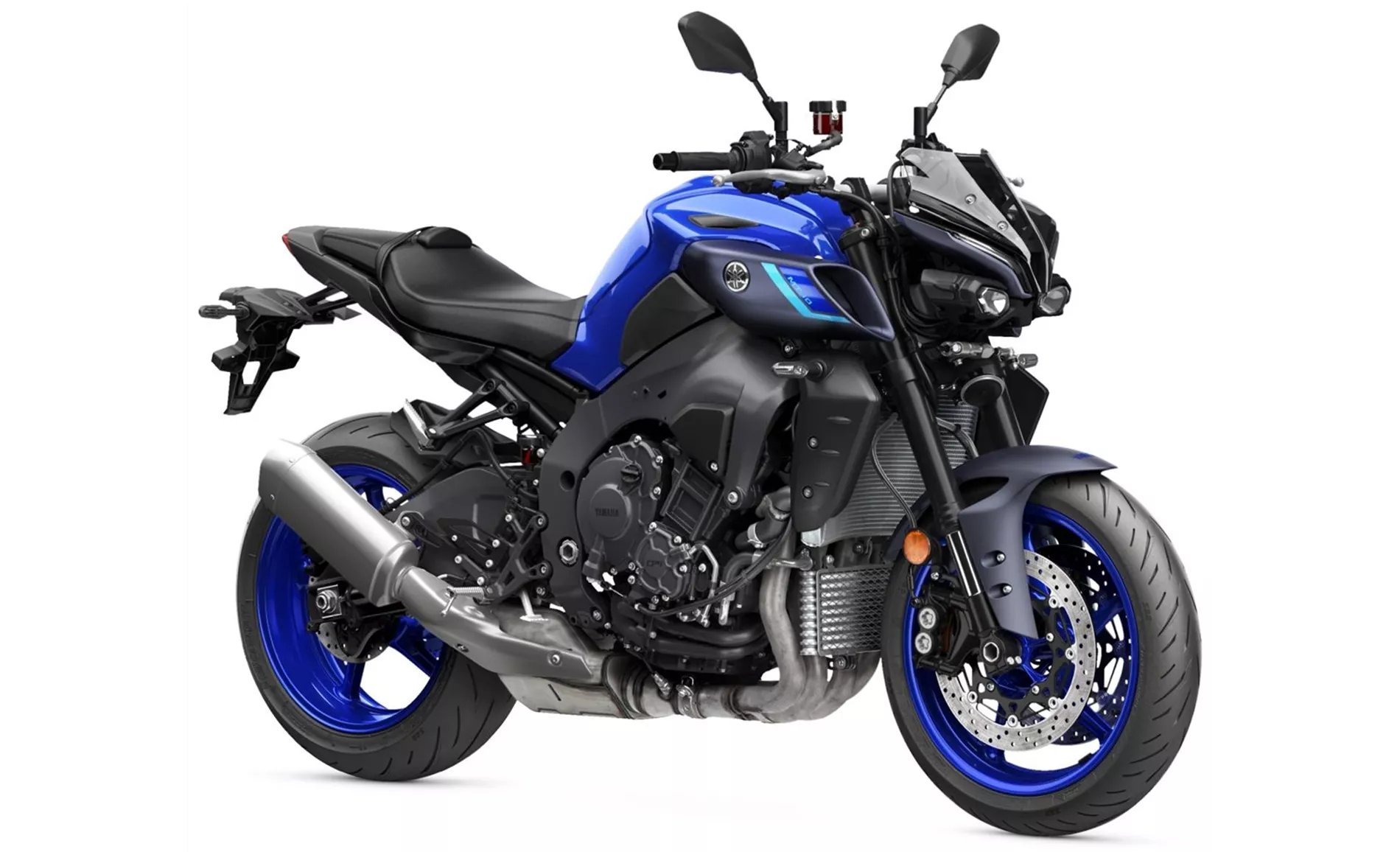
Yamaha MT-10 2022
In terms of strengths, the Kawasaki Z900 2021 offers a powerful four-cylinder engine, intuitive handling, good equipment, aggressive looks, and value for money. On the other hand, the Yamaha MT-10 2022 boasts a lovely CP4 engine, a great electronics package, a distinctive look, a comfortable seating position, easy-to-read gauges, and cornering ABS.
As for weaknesses, the Kawasaki Z900 2021 lacks a quickshifter option and falls behind competitors with a 6-axis IMU. The Yamaha MT-10 2022 has a non-adjustable clutch lever, lacks steel braided brake hoses, and has a somewhat small display.
Overall, both the Kawasaki Z900 2021 and the Yamaha MT-10 2022 are impressive naked bikes with their own strengths and weaknesses. The choice between the two will ultimately depend on the rider's preferences and priorities.
Technical Specifications Kawasaki Z900 2021 compared to Yamaha MT-10 2022
Pros and Cons in comparison
Pros and Cons in comparison
Kawasaki Z900 2021

In terms of price-performance, the Kawasaki Z900 is hard to beat at the moment. With the perfectly tuned engine, the high-quality chassis components and the electronics added for 2020, this naked bike offers everything that sporty riders will be looking for. There is really nothing to complain about, except for the lack of a quickshifter option.
Yamaha MT-10 2022
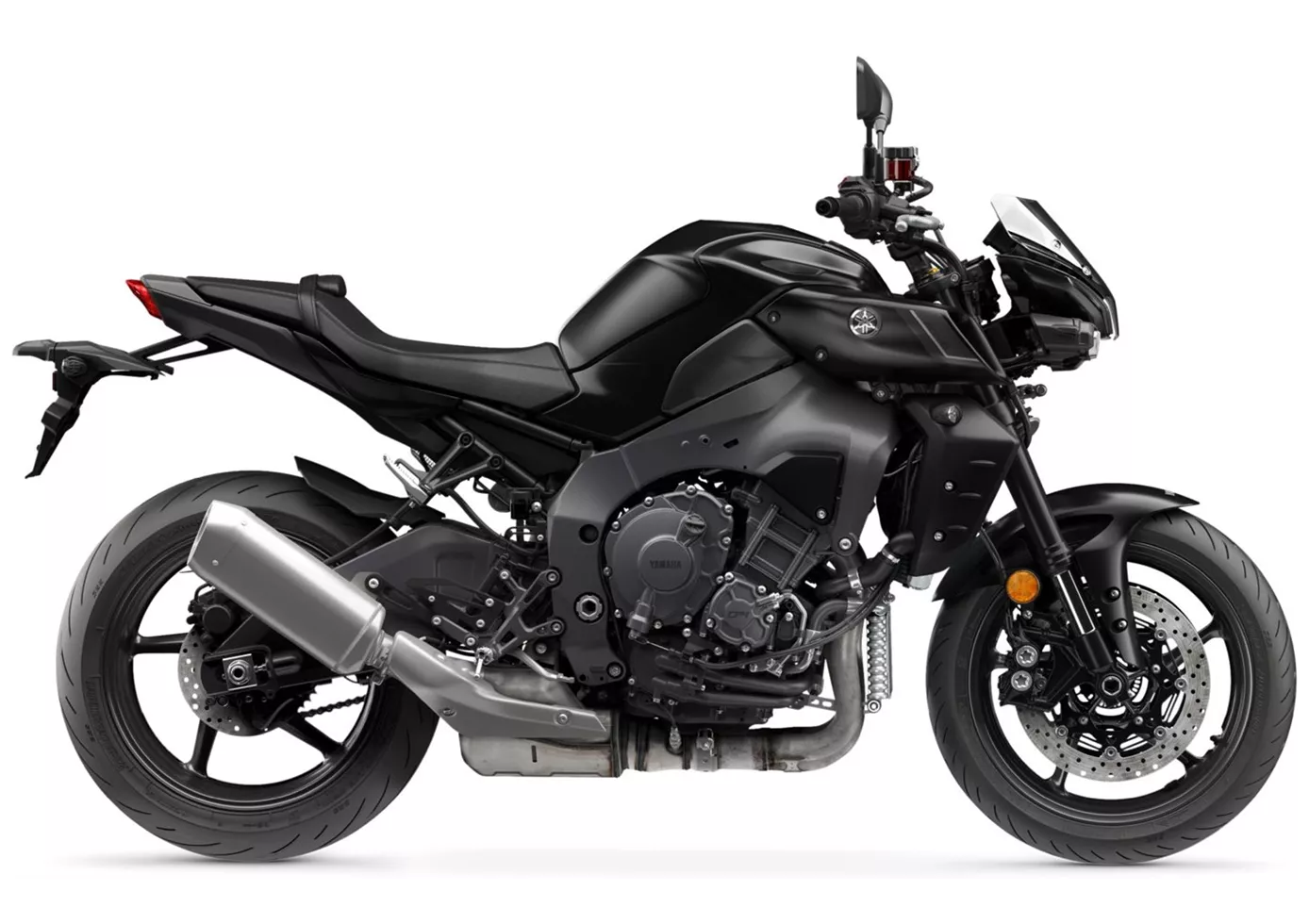
The new MT-10 is a really successful evolution of its predecessor, but remains completely true to its character. The new electronics package with a 6-axis IMU is a blast, all features are so well coordinated and work so well together that the rider is optimally supported by the electronics in every situation without being overbearingly patronised. The rest of the components in the chassis and brakes are completely in order and the Mad Max-Brachialo style look has been toned down a little in direct comparison to the predecessor, but still remains unique and clearly recognisable as an MT-10.
Price Comparison Avarage Market Price Kawasaki Z900 vs Yamaha MT-10
There are a few key differences between a Kawasaki Z900 2021 and a Yamaha MT-10 2022. In terms of price, the actual average price of a Yamaha MT-10 2022 is about 65% higher. Compared to Yamaha MT-10 2022 there are less Kawasaki Z900 2021 bikes available on the 1000PS.de Marketplace, specifically 33 compared to 76. It takes less time to sell a Kawasaki Z900 with 107 days compared to 151 days for a Yamaha MT-10. Since model year 2017 1000PS.de editors have written 46 reviews for the Kawasaki Z900 and 32 reviews for the Yamaha MT-10 since model year 2016. The first review for the Kawasaki Z900 was published on 11/11/2016 and now has more than 93,200 views. This compares to more than 20,700 views for the first review on Yamaha MT-10 published on 11/17/2015.
